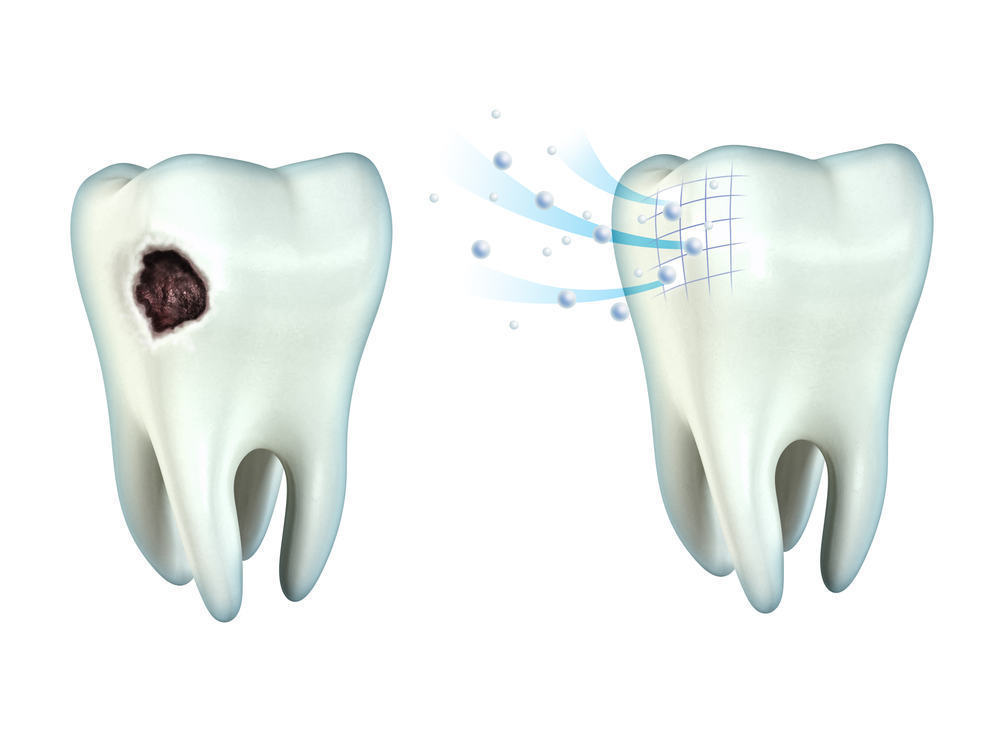Contents:
- Medical Video: Diagnosing a Penicillin Allergy
- Nonalergic drug reactions
- Test for diagnosing drug allergies
Medical Video: Diagnosing a Penicillin Allergy
You must report any abnormal drug reactions to your doctor. The doctor will determine the underlying cause of your symptoms and to find out if your reaction is allergic or non-allergic.
According to the World Allergy Organization (WAO), if you react to drugs with visible symptoms, there are about one in 10 occasions that are allergic reactions. Knowing whether your reaction is allergic or non allergic is very important, because allergic reactions can develop into anaphylactic shock life threatening in the future.
Nonalergic drug reactions
Non-allergic reactions may be a side effect of the drug. Side effects are secondary reactions to medications that may occur in healthy people. This reaction can be detrimental or beneficial. Most side effects can be known before the drug is prescribed. (Your doctor must tell you about the side effects that can occur before prescribing the drug).
Sometimes, low doses can reduce or eliminate negative side effects.
Non-allergic reactions can be special (unusual and unexpected) reactions. This can occur after your first exposure to the drug. Idiosyncratic reactions are not a common side effect and often due to genetic or metabolic abnormalities.
In some cases, your reaction to the drug can mimic allergic reactions. This is called pseudoallergy or sensitivity. In some cases, this is a side effect of the drug. This can occur during the first use of the drug. For example, many people use narcotic pain relievers such as codeine experience hives.
Test for diagnosing drug allergies
The first step in the diagnosis of drug allergy is a complete physical examination. Your doctor will find out if you have other allergies or family history of allergies. He will also find out how long you have taken the drug before your reaction starts and whether you have used the drug before. You will be asked to explain your symptoms in detail.
If possible, check with your doctor when you experience a reaction to the drug. This will help the doctor make a diagnosis. If your doctor suspects a drug allergy, they can do several tests to confirm the diagnosis.
Skin test
For some drugs, a skin allergy test can determine whether you are allergic to a substance. Depending on the type of drug, the doctor may perform a skin prick test or an intradermal test.
During a skin-prick test, the doctor injects a small amount of the drug into the skin - usually the back or forearm. If you are allergic, you will experience skin redness, lumps, or other skin inflammation.
An intradermal test can test allergic reactions to penicillin and several other antibiotics. During this test, the doctor injects a small amount of the allergen just under the skin and monitors the injection site for the reaction to occur.
Blood test
A blood test can determine whether you are allergic to certain drugs. Although a blood test is not as accurate as other test methods, your doctor may choose to do a blood test if there are concerns that you will have an anaphylactic reaction to the drug. Because blood is tested outside your body there is no risk of an allergic reaction.
You may experience pain in the place where blood is taken. Blood tests can only detect allergies from certain drugs, such as some antibiotics, muscle relaxants, and insulin.
Provocation test
In a provocation test, an increased dose of the drug is carried out at the planned interval. You can use the drug orally or under the skin. The reaction shows the possibility of allergies or sensitivity to the drug. If the reaction is mild or if there is no reaction, the drug may be a safe treatment for the patient. The risk of provocation tests includes severe reactions, even potentially anaphylactic. This test is only used in special cases and is usually done only in special allergic centers.












